Pace University Lifeguards Rescue Man Who Experience Cardiac Arrest In Pool
ABC7 New York highlighted the heroic actions of two Pace University student lifeguards who sprang into action when alumnus Bryan Zirman went into cardiac arrest at the campus pool. Thanks to their fast response and life-saving skills, a tragedy was averted.
Is DOGE Legal? For Some Agencies the Final Word Might Not Matter
Elisabeth Haub School of Law Professor Josh Galperin speaks with Bloomberg Law on the recent DOGE ruling, critiquing the court’s narrow reading of Elon Musk’s authority.
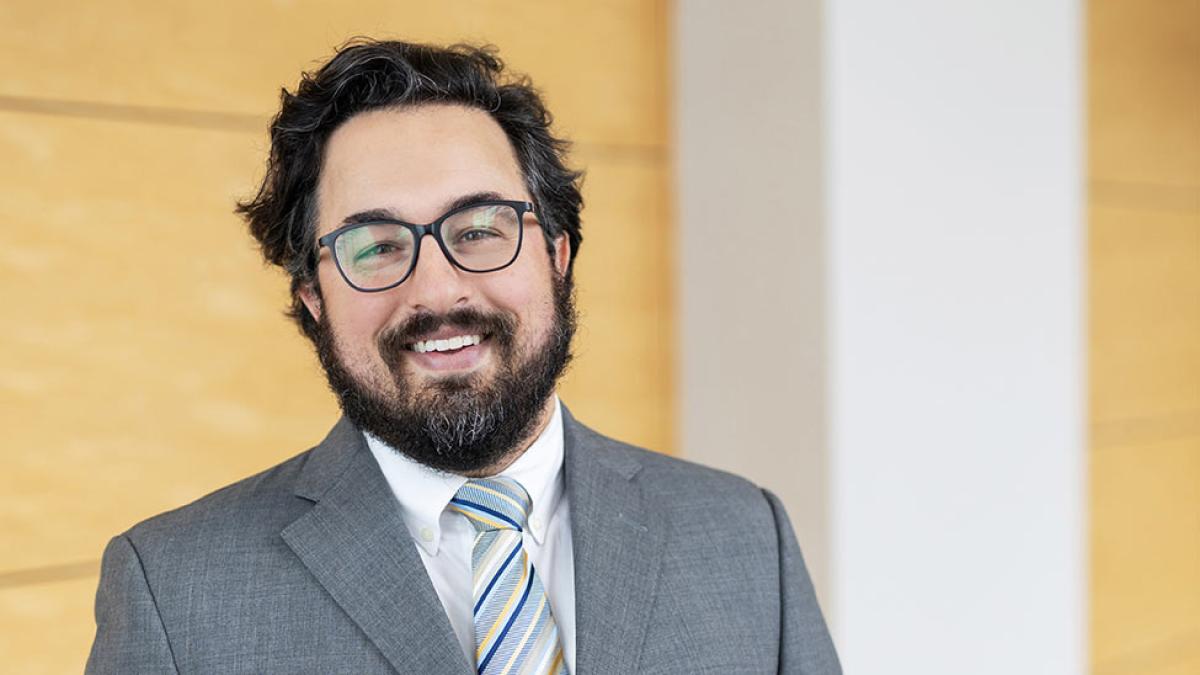
Pace University Student Lifeguards Help Save Swimmer Who Was Sinking, Having Heart Attack In Pool
News 12 reported that two heroic Pace student lifeguards and rescue team members saved the life of alumnus Bryan Zirman, who suffered cardiac arrest at the university pool. Their quick action and training made all the difference.
Lifeguards at Pace University Save Man's Life
PIX11 reported on two Pace student lifeguards and rescue team who saved the life of alumnus Bryan Zirman, who suffered cardiac arrest at the university pool.
Yonkers Fire Department: 'Rockslide Causes Partial Collapse Of Yonkers Business'
Environmental Science Professor Matthew Aiello-Lammens speaks with News 12 about the recent Yonkers rockslide that caused a large boulder to partially collapse a building, he notes landslides this time of year are not uncommon.
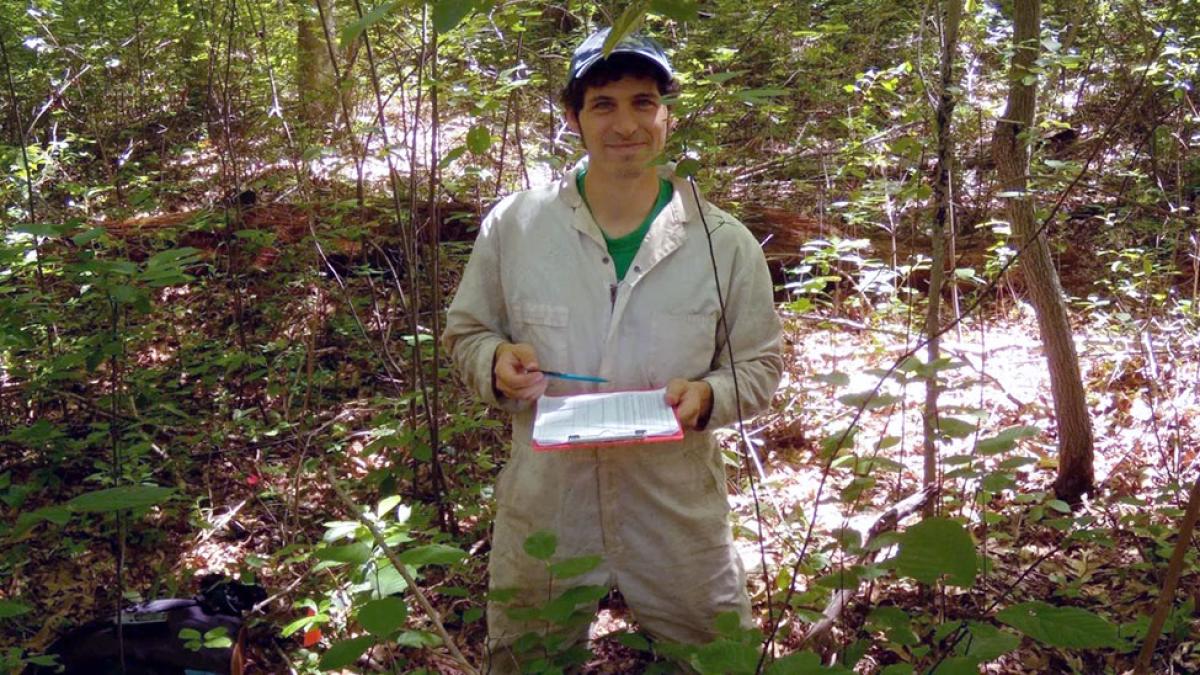
Can The US Return Man Deported To El Salvador? Immigration Lawyers Think So
Haub Law Professor and Director of the Immigration Justice Clinic Amelia Wilson tells BBC News that deporting a man to El Salvador where he faced danger was “an unlawful act.”
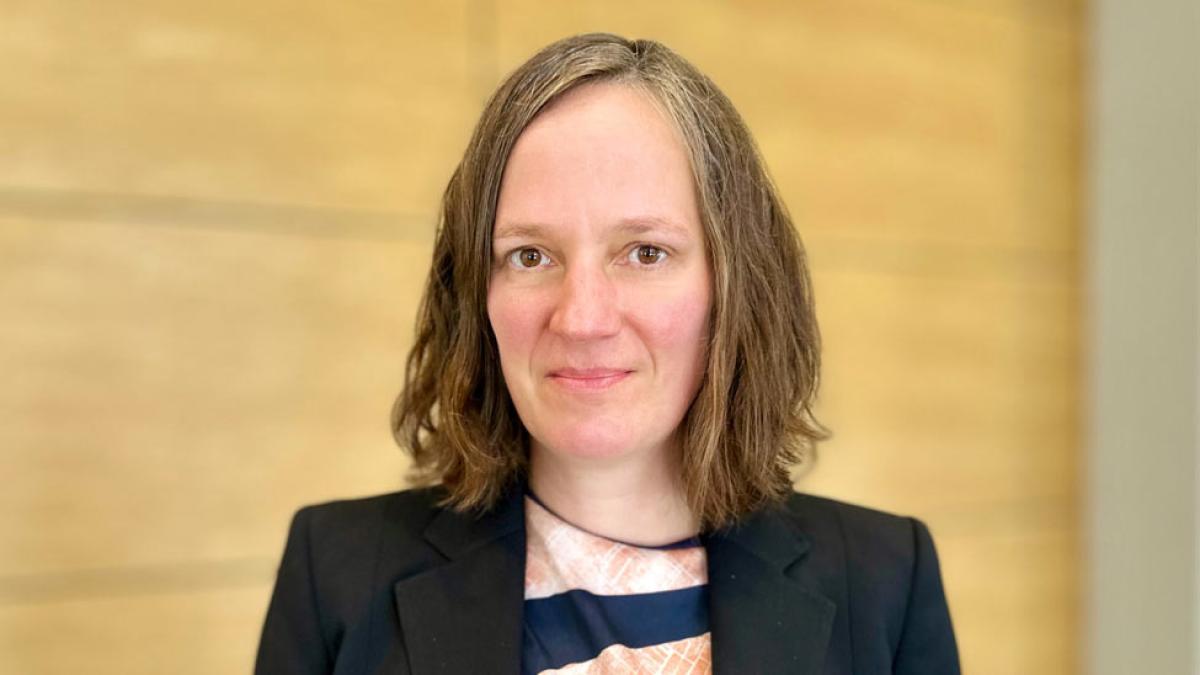
President Trump Defends Tariffs, As Global Markets Fall
Economics Professor Mark Weinstock discusses the impact of tariffs on global markets and the broader economic implications with PIX11.

Bar Associations Take On Trump’s Attacks On Big Law, But What’s Next?
Haub Law Professor Bennett Gershman discusses the Trump administration’s attacks on elite law firms with amNewYork, noting the growing resistance among bar associations defending judicial independence.
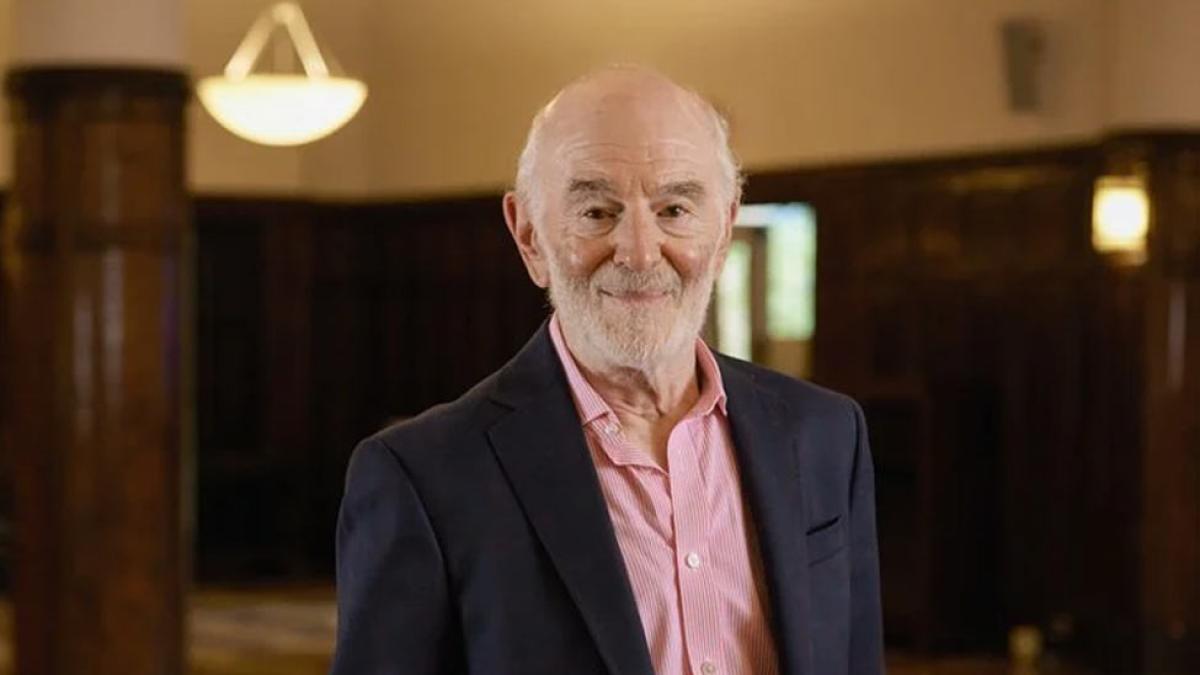
What You Need To Know About Menopausal Hormone Therapy
Pace Law Professors Bridget J. Crawford and Emily Gold Waldman co-authored an article in Standard Media exploring the legal, medical, and social dimensions of women’s health. Their work sheds light on an often-overlooked topic and reflects their ongoing commitment to public education and gender equity.
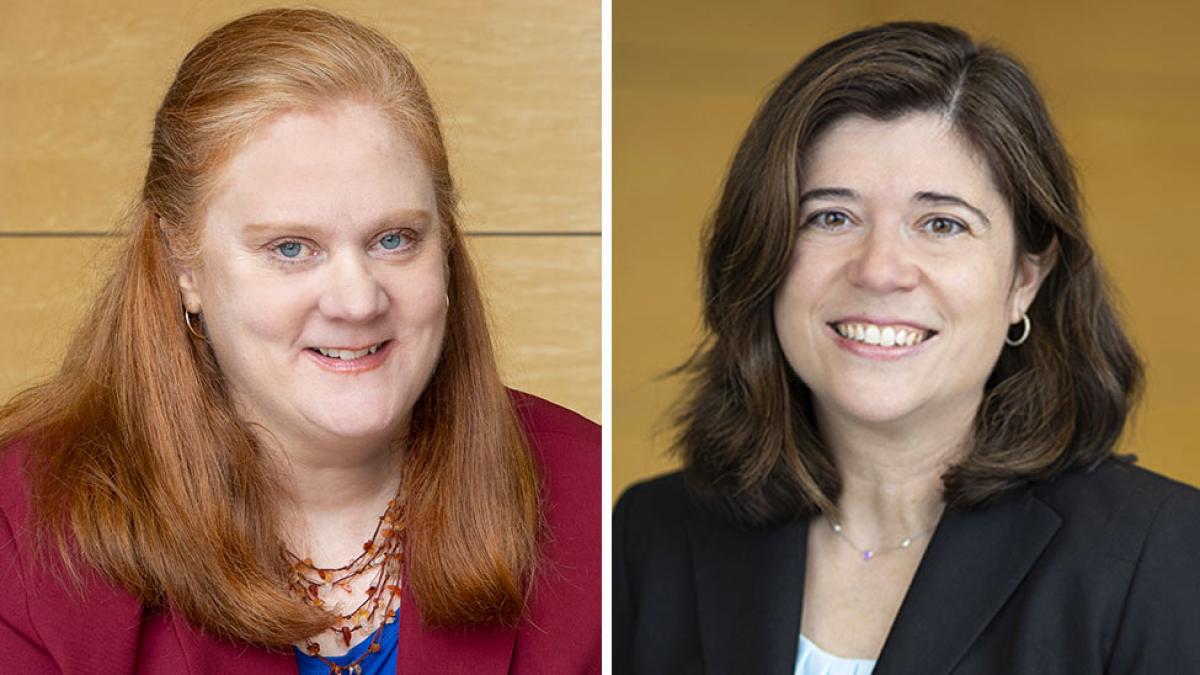
Seatrade Cruise Global reveals this year’s 20 Under 40
Andrew Coggins, cruise industry analyst for Pace University in New York and a member of this year’s deliberation panel, added: “The calibre was outstanding. I was very impressed, congratulations to everyone.”